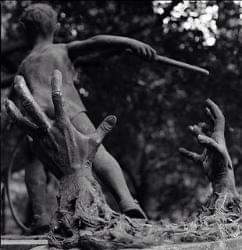The deadliest conflict in human history was over and the rebuilding began although many places and people would never truly recover
September 2, 1945
The deadliest conflict in human history was over and the rebuilding began although many places and people would never truly recover. Please take a moment today to remember the millions of people worldwide who participated either on the war front or home front to bring freedom back to the world and end tyranny. Over 70 million were killed in WWII.
On September 2, 1945, the Japanese representatives signed the official Instrument of Surrender, prepared by the War Department and approved by President Truman. It set out in 8 paragraphs the complete capitulation of Japan. The opening words, "We, acting by command of and in behalf of the Emperor of Japan," signified the importance attached to the Emperor's role by the Americans who drafted the document. The second paragraph went straight to the heart of the matter: "We hereby proclaim the unconditional surrender to the Allied Powers of the Japanese Imperial General Headquarters and of all Japanese armed forces and all armed forces under Japanese control wherever situated."
That morning, on the deck of the U.S.S. Missouri in Tokyo Bay, the Japanese envoys Foreign Minister Mamoru Shigemitsu and Gen. Yoshijiro Umezu signed their names on the Instrument of Surrender. The time was recorded as 9:04. Afterward, Gen. Douglas MacArthur, Commander in the SW Pacific and Supreme Commander for the Allied Powers, also signed. He accepted the Japanese surrender "for the US, China, UK, and the USSR, and other United Nations at war with Japan."
On Sept 6, Col Bernard Thielen brought the surrender document and a 2nd imperial rescript back to Washington, DC. The following day, Thielen presented the documents to President Truman in a formal White House ceremony. The documents were then exhibited at the National Archives after a dignified ceremony led by Gen Wainwright. Finally, on October 1, 1945, they were formally received (accessioned) into the holdings of the National Archives.
National Archives











Comments
Post a Comment